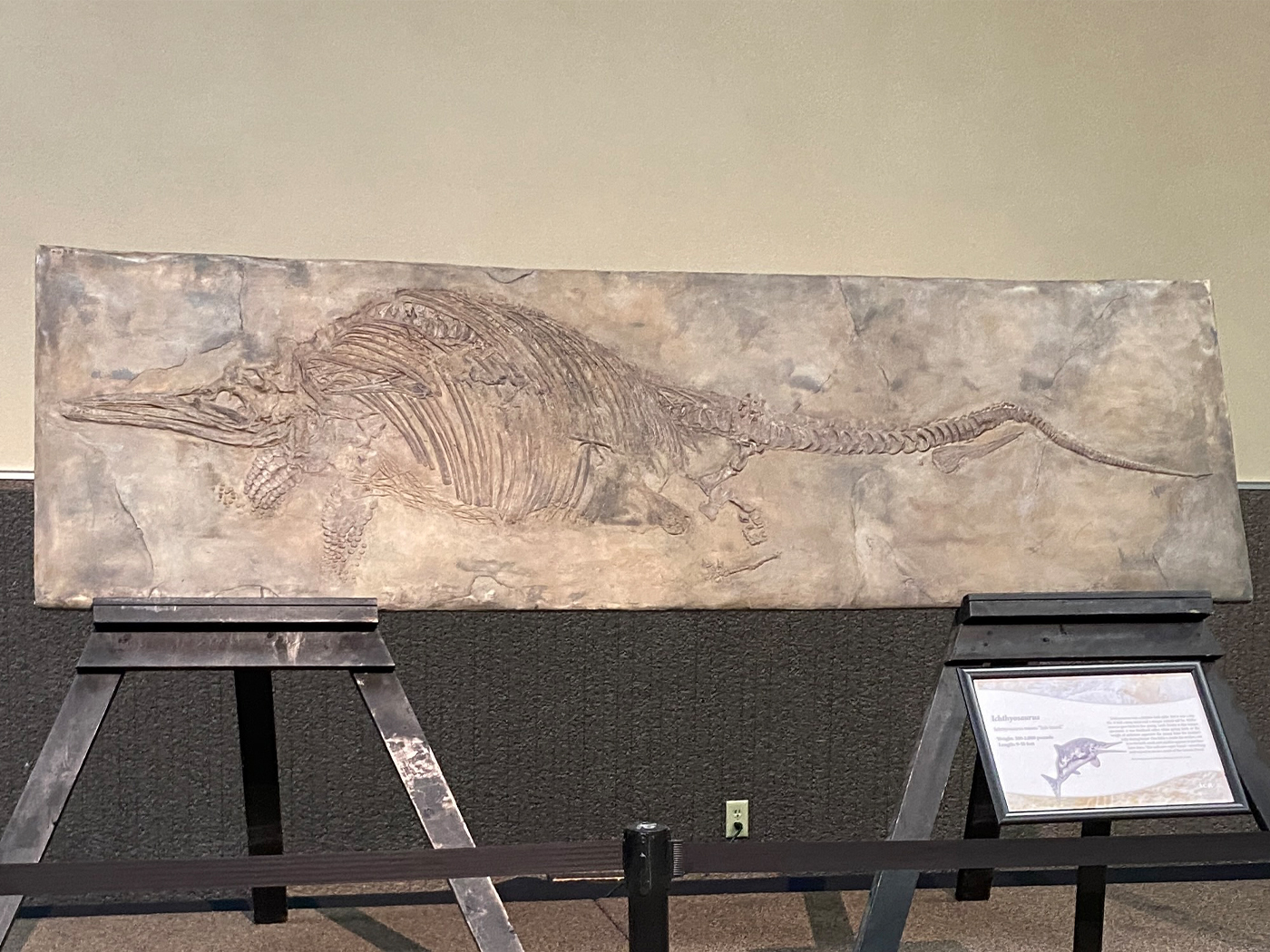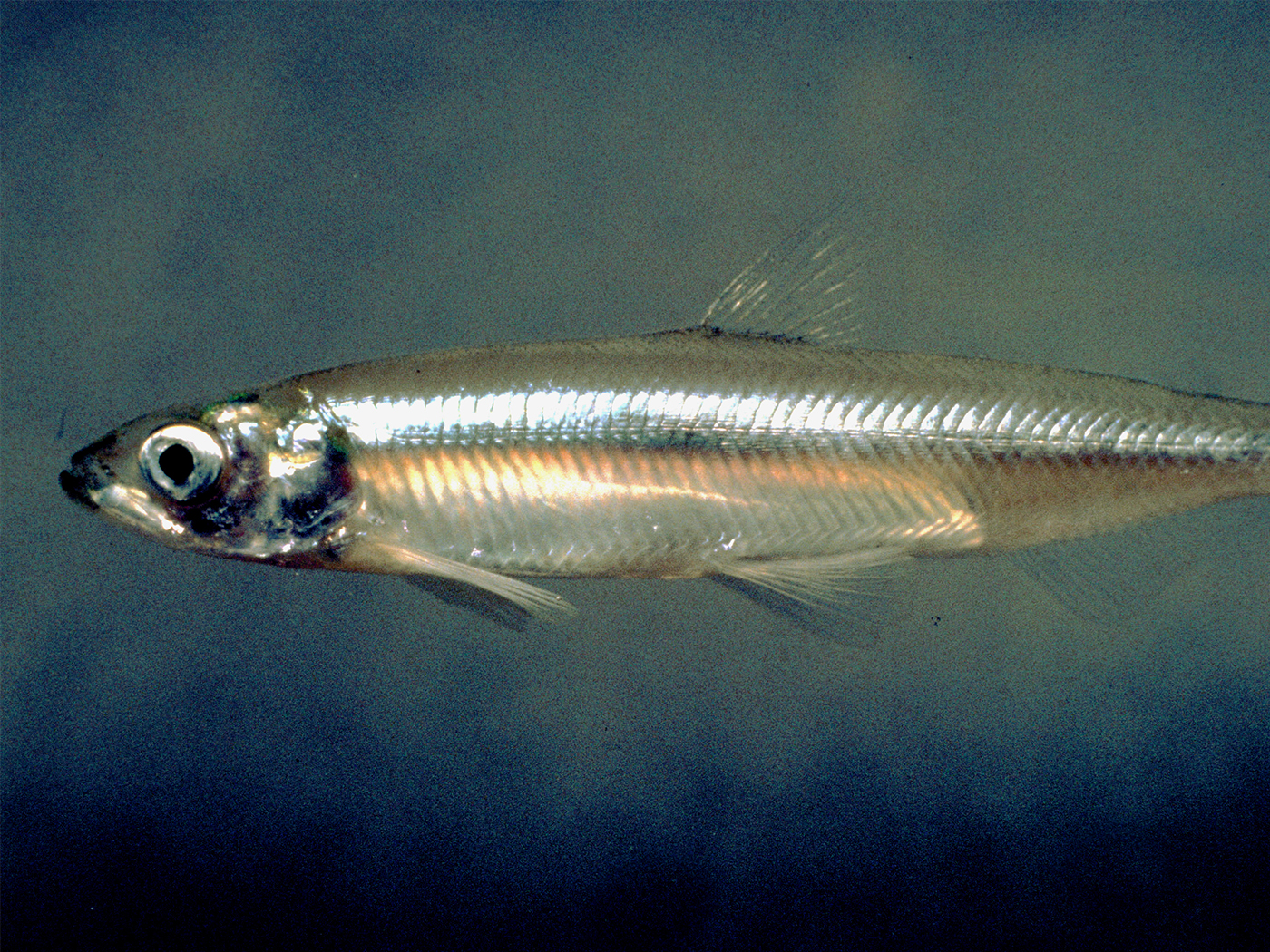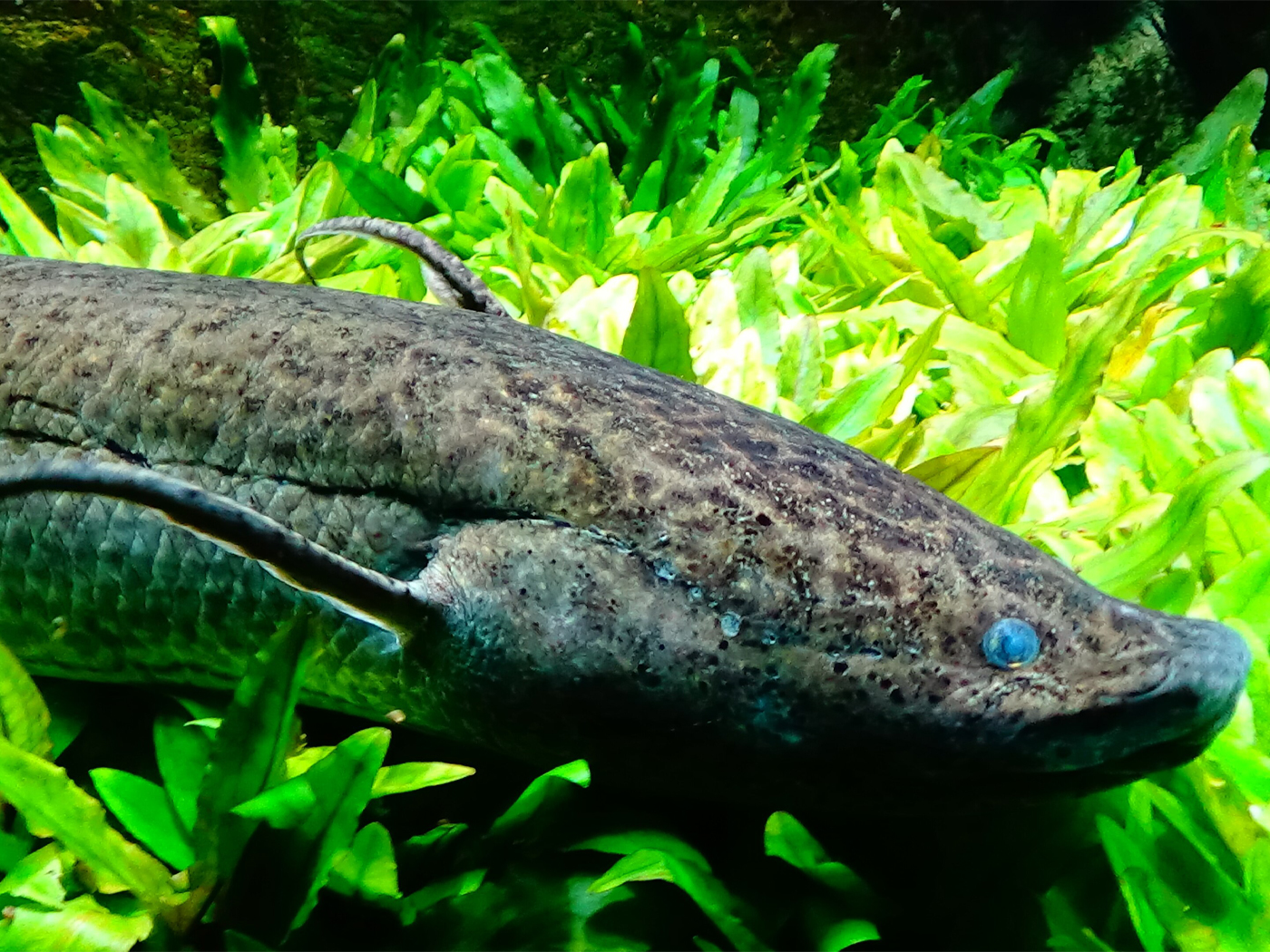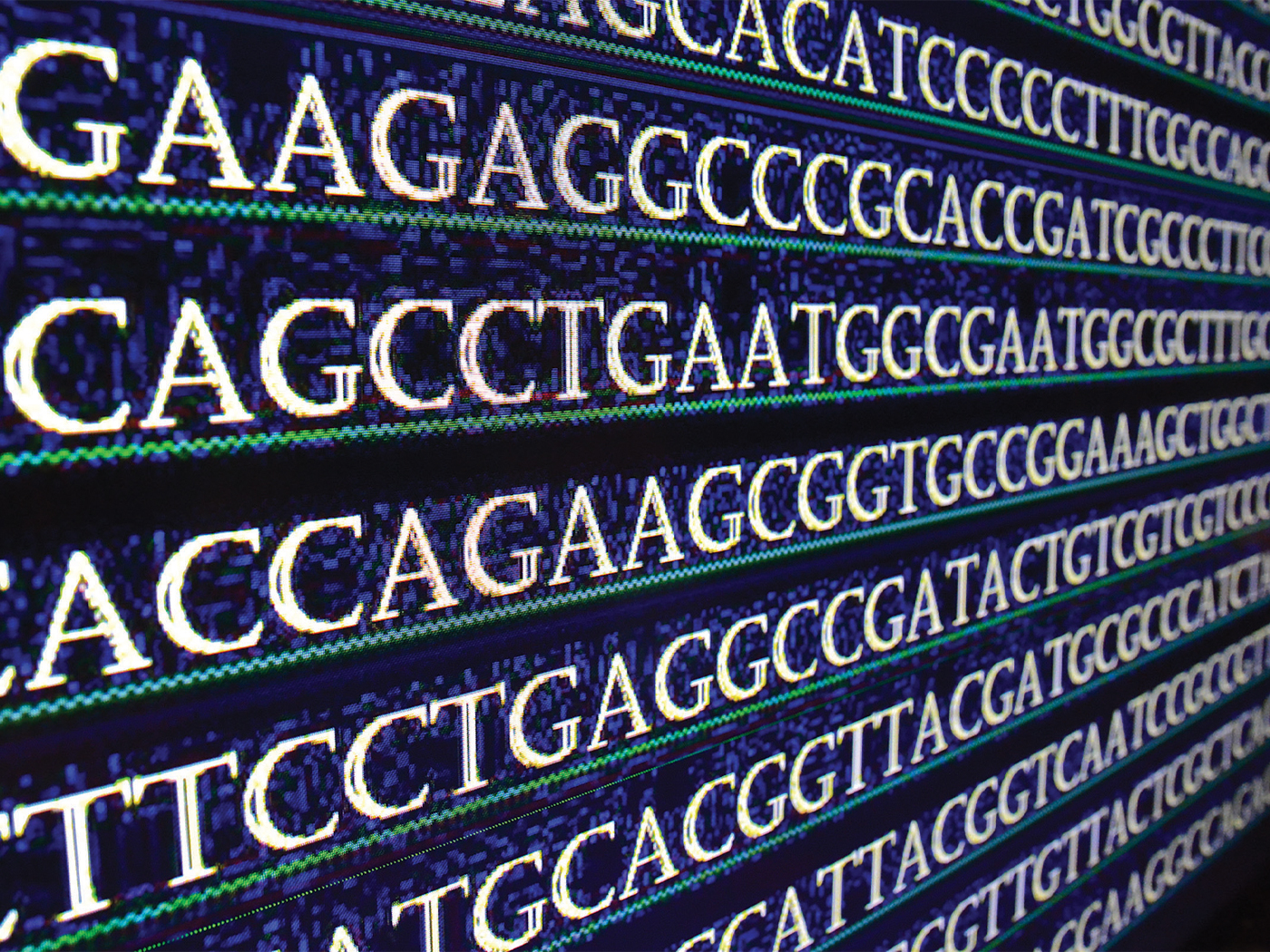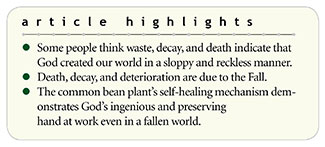 Years ago in a college campus discussion, an unbeliever argued that the world’s waste displays God’s disorderliness. He called God a “prodigal” creator—an insult adopted from a popular evolutionist.1
Years ago in a college campus discussion, an unbeliever argued that the world’s waste displays God’s disorderliness. He called God a “prodigal” creator—an insult adopted from a popular evolutionist.1
Did God create wastefully? No. While God’s creation contains waste today—such as metabolic entropy in food chains, disease, and even death—this doesn’t demonstrate that God Himself is reckless or sloppy. Rather, waste in our world reminds us that Adam’s sin triggered death, dying, and deterioration in fulfillment of God’s original warning to mankind.2
Even after the Fall, God’s efficiency and carefulness are showcased throughout the fallen creation. God Himself is never wasteful—and common green beans (Phaseolus vulgaris) prove it. The humble green bean plant can teach us a lesson in God’s efficiency and preservation.
When bean plants are bruised or bitten by a caterpillar, what if the valuable sap in the plant’s vascular tubing kept flowing to the injury site, leading to an unrestrained loss of sap? That’s comparable to an injured human or animal losing blood. In humans and animals, injuries are often mitigated by blood clots (coagulation) and/or scab formation. But what about bean plants? Is there no hope against losing sap when internodes or tendrils are broken off or otherwise damaged?
Bean plants detect when they are repeatedly disturbed.3,4 This can be measured by repeatedly bumping plant stem internodes or tendrils in one set of plants (the experimental group) while not similarly bumping another set of bean plants (the control group), followed by microscopically comparing sap in both.3
More callose—an important polysaccharide (i.e., large polymeric carbohydrate)—is microscopically observable in the super-stressed phloem tissue.3 When dissolved glucose material is converted into precipitated callose, the callose forms semisolid plugs within phloem sieve plate pores. These clumps act like parts of a temporary cell wall. By such clumping, the callose plugs function like the plant equivalent of blood clots, restricting sap flow into damaged plant parts. If callose plugs were not produced, the vascular plant equivalent of hemophiliac bleeding would threaten the plant’s survivability.
The fancy term for this injury-mitigation mechanism of producing structural change after detecting external perturbation is thigmomorphogenesis. This biochemical-physiological process illustrates environmental tracking, followed by beneficial responses to physical injuries that match the physical conditions detected by bean plant mechanosensors.3,4
This is obviously a clever response to injury, but where did it come from? Beans have no brains.5 Obviously, God designed how this works. So, next time you eat green beans, think about how carefully and efficiently God designed and bioengineered them.
Is God a “prodigal” creator? No! Even plant injuries receive God’s sub-microscopic care, as thigmomorphogenesis demonstrates. God is not wasteful or callous. Callose shows it.
References
- The scoffer proudly accredited his notion of God’s supposedly reckless wastefulness in creation to Tim Keller’s The Prodigal God: Recovering the Heart of the Christian Faith (Penguin, 2011).
- Genesis 3; Romans 5 and 8. Some people recklessly allege that Earth’s entropy shows God’s inefficiency, but Scripture clarifies how God balances the consequential curse of Adam’s choice with His providential care for the world pending Christ’s promised return and restoration of His fallen creation. See Johnson, J. J. S. 2010. Misreading Earth’s Groanings: Why Evolutionists and Intelligent Design Proponents Fail Ecology 101. Acts & Facts. 39 (8): 8-9.
- After chemical staining, squashed bean phloem tissue can be examined under ultraviolet microscope using a fluorochromatic technique. This reveals the presence of precipitated callose. Jaffe, M. J. et al. 1985. Thigmomorphogenesis: The induction of callose formation and ethylene evolution by mechanical perturbation in bean stems. Physiologia Plantarum. 64 (2): 271-279. In this title, the ambiguous term “evolution” means “production.”
- Börnke, F. and T. Rocksch. 2018. Thigmomorphogenesis—Control of plant growth by mechanical stimulation. Scientia Horticulturae. 234: 344-353. This illustrates continuous environmental tracking (CET) in green beans. The bean plant physiologically self-adjusts by switching “on” a preprogrammed biochemical response to fit the environmental challenge. For beans to be fruitful, multiply, and fill habitats, they needed God to give them CET systems. Guliuzza, R. J. 2019. Engineered Adaptability: Continuous Environmental Tracking Wrap-Up. Acts & Facts. 48 (8): 17-19.
- Beans didn’t self-invent the systems that restrict sap flow by converting dissolved glucose into precipitated callose for “plugging” the pores of sieve plates to prevent the plant version of hemophiliac bleeding.
* Dr. Johnson is Associate Professor of Apologetics and Chief Academic Officer at the Institute for Creation Research.






